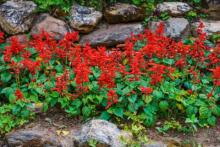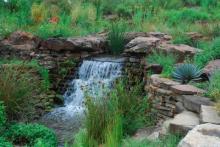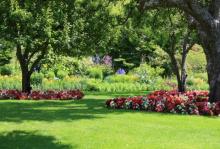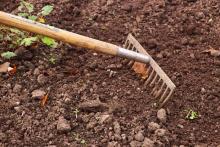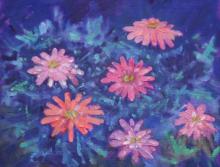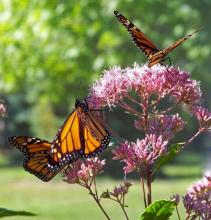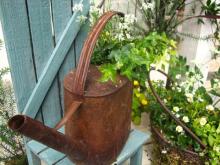Your Guide To Summer Flowers: Scarlet Sage
Scarlet sage is a member of the family Lamiaceae or Mint family of the genus Salvia L. or sage P containing the species Salvia splendens Sellow ex Roem. & Schult. or scarlet sage. The plant is native to Brazil and is considered a warm weather annual in cooler climates but is classified as a perennial.

